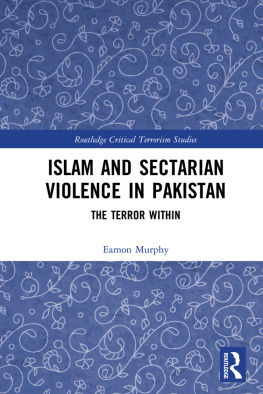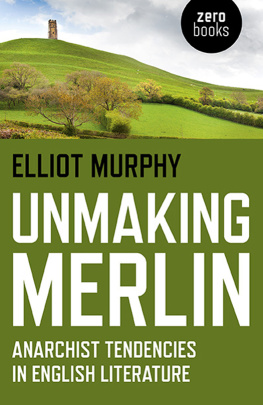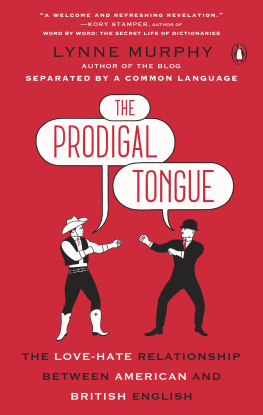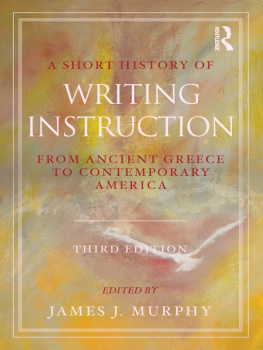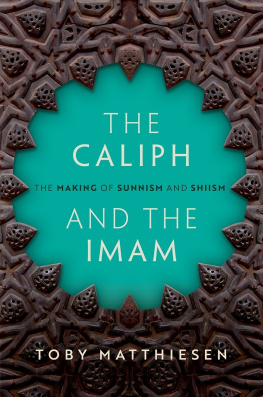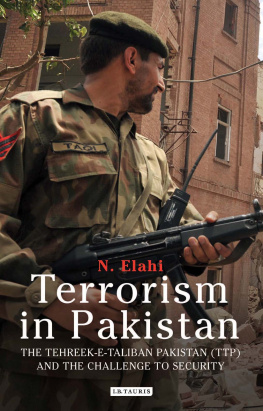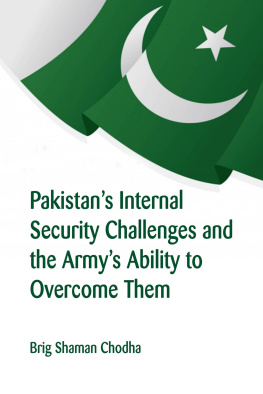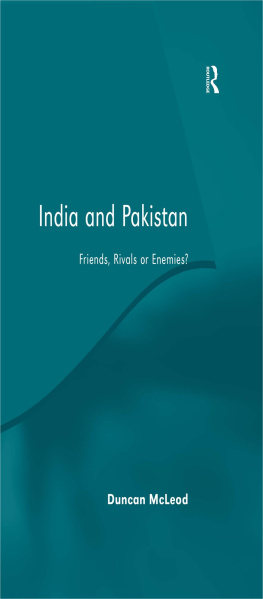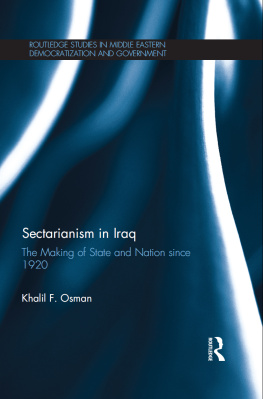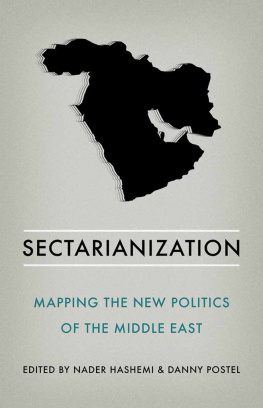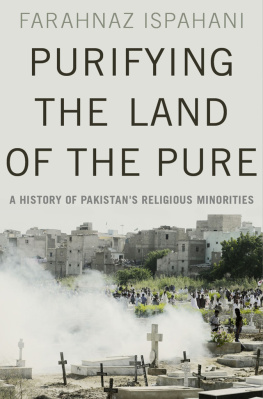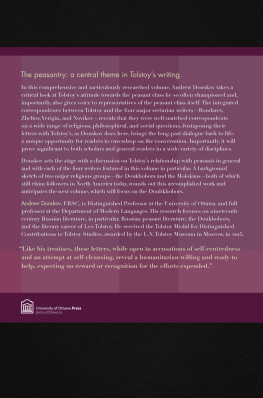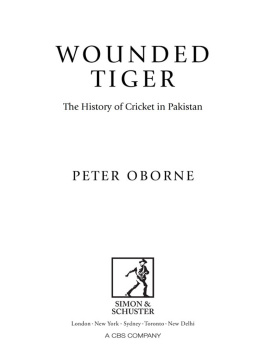First published 2019
by Routledge
2 Park Square, Milton Park, Abingdon, Oxon OX14 4RN
and by Routledge
711 Third Avenue, New York, NY 10017
Routledge is an imprint of the Taylor & Francis Group, an informa business
2019 Eamon Murphy
The right of Eamon Murphy to be identified as author of this work has been asserted by him in accordance with sections 77 and 78 of the Copyright, Designs and Patents Act 1988.
All rights reserved. No part of this book may be reprinted or reproduced or utilised in any form or by any electronic, mechanical, or other means, now known or hereafter invented, including photocopying and recording, or in any information storage or retrieval system, without permission in writing from the publishers.
Trademark notice: Product or corporate names may be trademarks or registered trademarks, and are used only for identification and explanation without intent to infringe.
British Library Cataloguing-in-Publication Data
A catalogue record for this book is available from the British Library
Library of Congress Cataloging-in-Publication Data
A catalog record for this book has been requested
ISBN: 978-1-138-74995-5 (hbk)
ISBN: 978-1-315-17719-9 (ebk)
Typeset in Times New Roman
by Apex CoVantage, LLC

As I write this in May 2018, the war on terror is now into its 17th year. So far, the war has cost the United States many trillions of dollars, and hundreds of billions have also been spent on counterterrorism measures in other Western states, as well as states in the Middle East, North Africa, Asia, Russia, China and elsewhere. The United States, the United Kingdom, Australia, New Zealand, Poland and several other countries have also lost thousands of troops in Iraq, Afghanistan and elsewhere, and many more military personnel have been injured and permanently disfigured. Tragically, more than a million civilians in Iraq, Afghanistan and Syria have been killed as a direct consequence of the war on terror, thousands of suspected militants have been tortured, hundreds of suspected terrorists have been disappeared in the extraordinary rendition programme and tens of thousands have been imprisoned or detained without charge. Millions of people have also been internally displaced and turned into refugees by the wars in Iraq, Syria, Afghanistan, Yemen, Somalia and Pakistan, many of whom have undertaken dangerous journeys to try and reach safety in Europe. Meanwhile, hundreds of millions of ordinary citizens around the world have had their privacy invaded in mass surveillance programmes, and more than a million individuals have been placed on the United States no fly list with no way of challenging their inclusion.
These are just a few of the more obvious effects and processes of the global war on terror which, despite a change in the public language by politicians, shows no sign of abating any time soon. None of this includes the enactment of dozens of new and often harsh counterterrorism laws in numerous countries, intelligence sharing operations, military cooperation and training programmes, new security measures for public places and public events, new research and development programmes, countering violent extremism measures, educational initiatives, international treaties and security regimes, and a host of other processes which have brought counterterrorism into virtually every sphere of public life. It is fair to say that the war on terror now rivals the cold war in its magnitude, cost and reach.
As I have argued elsewhere (see, among others, Jackson 2005, 2007, 2014), as a collective undertaking by the United States and its Western allies, the war on terror is built upon a series of powerful narratives or myths about the terrorist enemy we fight and the danger that it poses to our national security and way of life. These narratives help the public to understand the moral purpose of the war, provide justification for the massive investment of scarce national resources, offer legitimation for invasion and illegal and immoral practices like torture and rendition, and give strategic orientation for the collective military and social effort.
Perhaps the most prevalent narrative at the heart of the war on terror has been that Western states and their civilians are the primary targets and victims of terrorism, and that the war is a defensive war to protect our way of life from being overrun and destroyed by so-called Islamic terrorists. Another important myth is that the terrorists are motivated primarily by religious fanaticism and the determination to kill infidels and establish a pure religious society. Here, the notion that individual radicalisation and ideology play a critical role looms large. Extending this narrative, it is sometimes noted that this fanaticism explains the outbreak of associated sectarian violence between Sunni and Shia seen in some parts of the world such as Pakistan, Iraq and Syria, although this violence is also typically explained using the myth of so-called ancient hatreds.
More specifically, within the broader history and mythology of the war on terror, the strategically situated country of Pakistan plays a central role. Myths and narratives circulate about the role of the Inter-Services Intelligence (ISI) agency in the origins of the Taliban and the establishment of al-Qaeda, the role of the Pakistan military in the lead-up to the bin Laden raid, the drone killing programme in the Tribal areas, the political sponsoring of rival terrorist organisations by Pakistan politicians and more. Materially, Pakistan receives billions of dollars of military and security assistance from the United States in exchange for intelligence and logistical support and cooperation in counterterrorism operations in Afghanistan and elsewhere in the region. Added to this mix, the mainstream media in Western countries pays scant attention to the history and politics of Pakistan, pausing only to note the latest bombing or military attack and to reinforce the image of a society wracked by violence and fundamentalism.
In this context, detailed, clear, historically based analysis has never been more needed or more important. For analytical reasons, we need sound academic analyses which can critically examine and cut through the dominant myths and simplistic narratives about Pakistan, and provide coherent, consistent and theoretically informed understandings of the politics and processes on the ground. Normatively, there is an urgent need to deconstruct and replace the myths and stereotypes which currently lead to the kind of deadly, destructive and self-defeating counterterrorism policies we have seen over the past decade or more. Fortunately, in both his previous book (Murphy 2013) and this follow-up book (Murphy 2019), Eamon Murphy has provided just this kind of exemplary analysis of this important country and its experiences with political violence.
Specifically, in Islam and Sectarian Violence in Pakistan: The Terror Within , Murphy deconstructs the dominant myth or simplified narrative that the vast majority of terrorism today is perpetrated by a (seemingly homogenous and united) group of so-called Islamic radicals against the Christian-secular West and its allies. In fact, as the statistical information gathered by Murphy clearly demonstrates, Muslims in a small number of non-Western countries have made up more than 90% of all terrorist casualties during the main years of the war on terror; Western nations and their citizens are, in fact, rarely the targets of terrorist attack. In other words, not only are Western countries not facing a fearful terrorist onslaught against their nations and ways of life, but the danger posed by terrorism and the conflicts that it is part of may not really have much to do with Western states at all, at least not directly. The conflict is more locally focused in countries such as Pakistan where Muslims are in the majority. This would suggest, at the very least, the need for a significant strategic reorientation in the war on terror.

